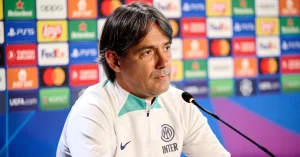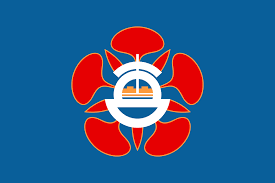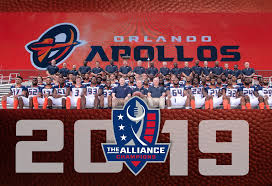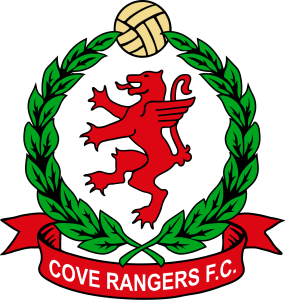At the heart of the Baltic Championship lies an array of sports and events that cater to different interests and skill levels. From traditional games to modern athletic competitions, every event is meticulously designed to showcase talent and foster sportsmanship.
Traditional Sports
Traditional sports occupy a prominent place in the Baltic Championship, serving as a reminder of the unique cultural heritage of the Baltic states. These events often feature activities rooted in centuries-old practices, reflecting the identity of each nation 33WIN.
Participation in traditional sports allows athletes to connect with their cultural backgrounds while engaging in friendly rivalry. Games such as stone lifting, tug-of-war, and folk dances are common highlights, enriching the overall experience for both competitors and audiences.
Modern Athletic Competitions
In contrast to traditional sports, modern athletic competitions have gained traction in the Baltic Championship. Events like track and field, basketball, football, and volleyball draw large crowds, showcasing the highest levels of athletic prowess.
Each sport is governed by specific rules and regulations, ensuring fairness and competitiveness. Athletes undergo rigorous training to prepare for these events, and the championship provides them with invaluable opportunities to measure themselves against their peers.
Cultural Events and Festivals
To enhance the Baltic Championship, cultural events and festivals often accompany the athletic competitions. These celebrations offer a chance for participants and spectators to engage with the rich traditions of the Baltic states.
From music performances to art exhibitions, these cultural shows play a dual role—they provide entertainment while fostering a sense of community. They remind us that sports are not merely about winning; they are an expression of shared values and identity.
Community Involvement and Grassroots Initiatives
An essential aspect of the Baltic Championship is its commitment to community involvement. Various grassroots initiatives encourage participation at all levels, ensuring inclusivity and broadening the reach of the championship.
Local clubs and schools often organize their events, providing talented young athletes with a platform to showcase their abilities. These grassroots movements contribute to the long-term sustainability of the championship while fostering a love for sports among future generations.
The Role of National Identity in the Baltic Championship
The intersection of sports and national identity is particularly compelling within the context of the Baltic Championship. Each participating nation seeks to assert its identity while simultaneously promoting unity among the three Baltic states.
National Pride and Representation
For athletes representing their countries, the Baltic Championship offers a unique opportunity to display national pride. Wearing jerseys adorned with national colors and symbols adds a layer of emotional significance to each event.
The pressures and expectations associated with representation are immense, often pushing athletes to perform beyond their limits. Competing on behalf of one’s country amplifies the stakes, transforming individual achievements into collective triumphs—or, at times, disappointments.
Unity Amidst Diversity
While the Baltic Championship encourages healthy competition, it also emphasizes the importance of unity among the Baltic states. Despite differing languages, customs, and histories, the countries share a common geographical space and face similar challenges.
The championship embodies this spirit of unity, where athletes from Estonia, Latvia, and Lithuania come together to celebrate their commonalities rather than focusing solely on their differences. This shared experience fosters goodwill and empathy, creating a supportive environment for athletes and fans alike.
The Role of National Symbolism
National symbolism plays a critical role in the Baltic Championship. Flags, anthems, and other forms of representation exude pride and reverence for each nation’s heritage.
The visual elements of the championship create an atmosphere that inspires athletes to perform at their best. When national anthems resonate throughout the stadium, there’s no denying the palpable energy—an emotional connection that reinforces the bond between athlete and homeland.
Bridging Political Divides
Sporting events, such as the Baltic Championship, have the potential to bridge political divides. While historical tensions may linger, participating in friendly competitions creates a platform for dialogue and understanding.
Through sports, athletes can form friendships that transcend borders. Moments of celebration and camaraderie foster a sense of belonging that counters divisive narratives in the political sphere. By promoting goodwill, the Baltic Championship contributes to a more cohesive regional identity.





